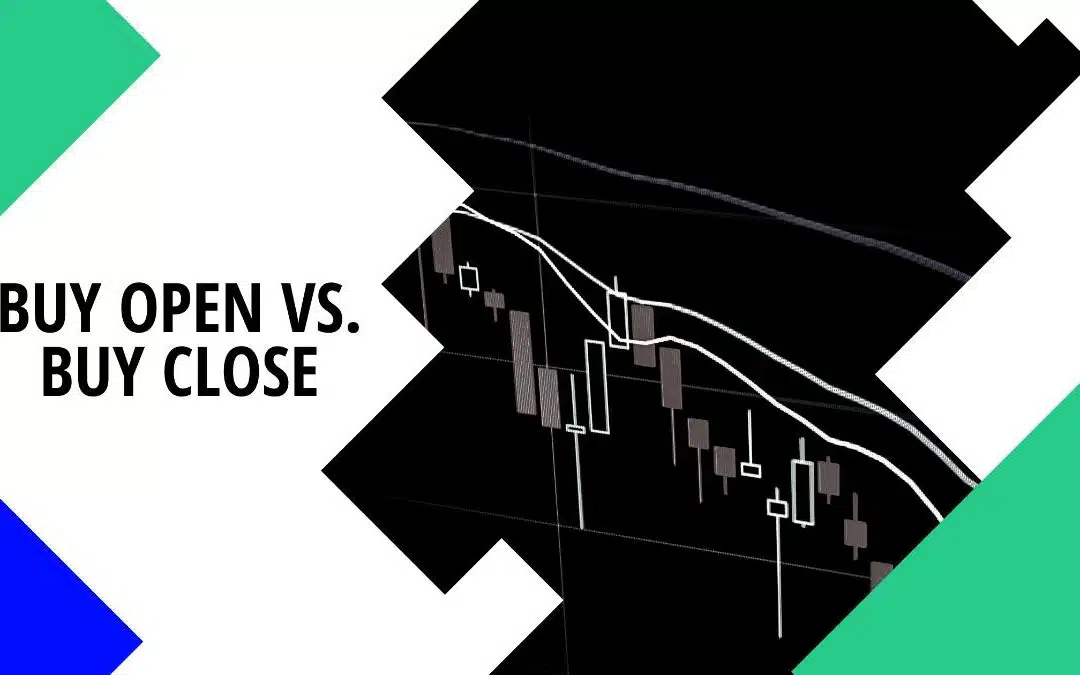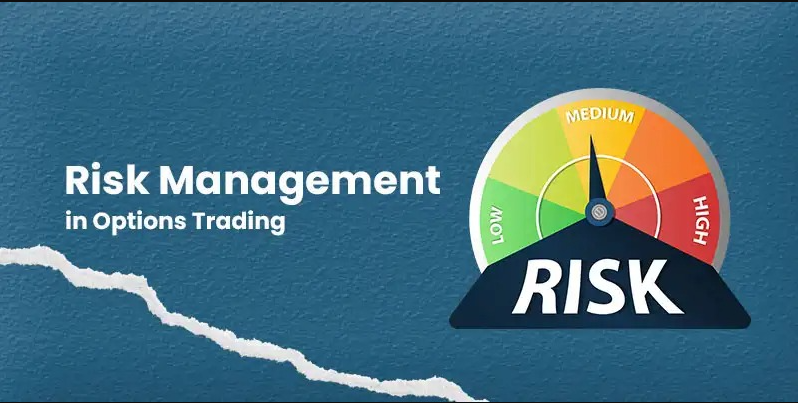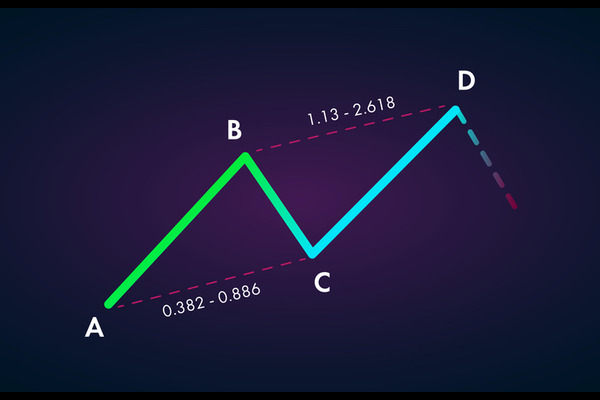Trading in financial markets involves various order types and strategies. For example, "Buy to Open" and "Buy to Close" are two crucial concepts that traders frequently encounter. These terms are primarily used in options trading and can sometimes confuse beginners.
To summarise, Buy to Open vs Buy to Close defines a trader's actions when entering or exiting positions. However, which order should you use in your options trading journey?
Understanding Buy to Open and How to Use

"Buy to Open" is a term used when a trader initiates a new options position by purchasing an options contract. This applies to both call and put options. When a trader buys an option contract to open a position, they expect the price of the underlying asset to move in a specific direction.
For example, if a trader believes that a stock will increase in price, they may "Buy to Open" a call option. This gives them the right, but not the obligation, to purchase the stock at a predetermined strike price before the option's expiration date. Conversely, if they believe a stock will decrease in price, they may order a put option, which gives them the right to sell the stock at a predetermined price.
Some other situations include:
Speculative Trading: Traders anticipating a strong price movement in a stock or other asset may use the order to profit from the expected move.
Hedging: Investors who want to protect their existing holdings may buy options to hedge against downside risks.
Leveraged Trading: Options provide leverage, allowing traders to control a larger position with a smaller initial investment.
The primary goal is establishing a new position that benefits from future price movements.
Understanding Buy to Close and How to Use
On the other hand, "Buy to Close" is the process of closing an existing short options position by purchasing the same contract that was previously sold. For example, when a trader initially sold an options contract to open a position and wants to exit that trade.
There are several reasons why a trader may choose to use "Buy to Close" in their trading strategy. These include:
Profit Taking: If the price of the sold option has dropped significantly, the trader can rebuy at a lower price to lock in profits.
Risk Management: If market conditions change and the option starts moving against the trader, they may order to limit losses.
Avoiding Assignment: If an option is close to being in the money, traders may prefer to close the position to avoid assigning the underlying stock.
In short, "Buy to Close" is used to exit a short options position previously established using "Sell to Open." This allows traders to lock in gains or minimise losses before the contract expires.
Buy to Open vs Buy to Close: Key Differences Explained
Understanding the fundamental differences between Buy to Open vs Buy to Close is crucial for traders to execute trades correctly. Listed is a table highlighting the key distinction between the two concepts:
Aspect
|
Buy to Open |
Buy to Close |
Purpose |
Initiates a new options position
|
Closes an existing short options position |
| Position Type |
Long options position (call or put) |
Short options position (previously sold options) |
| Trader's Role |
Buyer (options holder) |
Seller (options writer closing trade) |
| Market Exposure |
Increases exposure by entering a trade |
Decreases exposure by entering a trade
|
| Risk Involvement |
Involves paying a premium; limited risk to the option's cost |
Can involve buying back the option at a higher price, potentially leading to losses |
Profit Objective
|
Profit from a favorable price movement |
Lock in profits or mitigate losses |
| Effect on Open Interest |
Increases the number of open contracts in the market |
Decreases the number of open contracts in the market
|
| Used in |
Buying calls, buying puts, multi-leg strategies |
Closing covered calls, cash-secured puts, or short options trades |
| Example Scenario |
Buying a call option expecting the stock price to rise |
Buying back a previously sold put option to avoid further losses |
Examples of Buy to Open and Buy to Close in Action
1) Example of Buy to Open
A trader believes that a particular stock will rise in price over the next month. The stock is currently trading at $100, and the trader decides to buy a call option with a strike price of $105, expiring in one month. The trader places a "Buy to Open" order to purchase the call option, expecting the stock price to increase and the option to gain value.
Thus, if the stock price rises above $105 before expiration, the trader can sell for a profit. If it remains below $105, the option may expire worthless, resulting in a loss equal to the premium paid for the contract.
2) Example of Buy to Close
A trader initially sells a put option on a stock, collecting a premium of $5 per share. The trader expects the stock price to remain stable or increase, making the sold option less valuable.
A few weeks later, the option price dropped to $2 per share. To secure profits, the trader repurchases the same option contract by placing a "Buy to Close" order. This allowed them to exit the trade with a profit of $3 per share ($5 premium received, deducting the $2 repurchase cost).
If the trader had waited too long and the stock price dropped significantly, the put option price might have increased, forcing them to rebuy at a higher cost to prevent further losses.
How to Manage Risk

Proper risk management is crucial when using the two options in trading. Since buying to open involves paying a premium, traders should carefully assess the cost relative to their profit potential. Options that are too far out of the money may have a low chance of profitability, leading to unnecessary losses.
For traders selling options, monitoring market conditions and adjusting positions are required to use buy to close effectively. If an option position moves against the seller, buying to close early can minimise losses before the trade worsens. Ignoring risk management can lead to unlimited losses in naked short options positions, especially when selling uncovered calls.
Time decay also plays a role in determining when to buy to close. Since options lose value as expiration approaches, traders should evaluate whether holding the position until expiry is the best strategy. If an option's value diminishes, closing the trade may lock in profits without taking unnecessary risks.
Using stop-loss orders and setting profit targets helps traders manage their positions effectively. Automated trading tools allow traders to set predefined levels where buy-to-close orders trigger automatically, reducing emotional decision-making and enhancing discipline in trading.
Conclusion
In conclusion, these order types serve different purposes —"Buy to Open" initiates a new position, while "Buy to Close" exits an existing short position.
Success in options trading requires patience, education, and experience. Thus, traders should develop a structured approach to using these order types, incorporating market analysis, risk management, and strategic timing to optimise their trading performance.
Disclaimer: This material is for general information purposes only and is not intended as (and should not be considered to be) financial, investment or other advice on which reliance should be placed. No opinion given in the material constitutes a recommendation by EBC or the author that any particular investment, security, transaction or investment strategy is suitable for any specific person.








